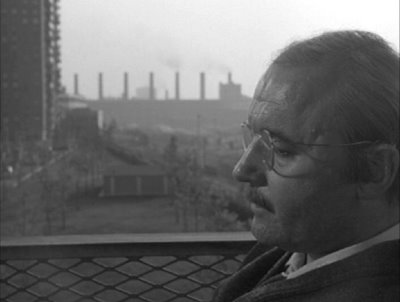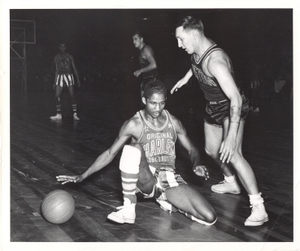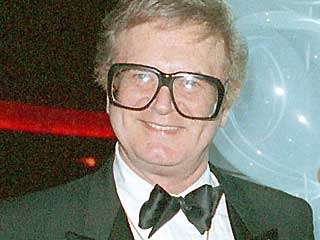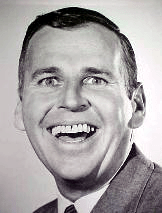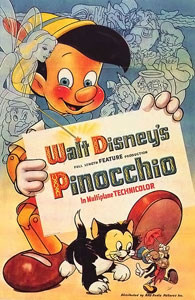
1968-born director Brett Morgan makes two excellent choices in creating “Chicago 10”: to avoid the use of 60’s songs in the soundtrack, and to employ a fluid style of animation for much of the picture. Ultimately though he proves himself to be unwilling to grapple with the complexities and emotional underpinnings of the events of the 1960’s, and the result is a mashed-up documentary without a point of view, rather than a serious film.
In a “Fresh Air” interview, Morgan explained that because the anthemic music of the 60’s has been so thoroughly co-opted by Madison Avenue, he could no longer use it in the movie. He’s right. Imagine hearing “Revolution” by the Beatles while watching documentary footage of a protest march: it’s only a matter of time before the Nike logo appears. Morgan instead employs modern music, although it’s a stretch to say that the Beastie Boys and Rage Against the Machine are truly contemporary.
The near 3-dimensional animation used throughout the film is detailed enough to allow you actually look into the character’s mouths, but it serves the traditional reductive purposes of puppetry: to take the audience out of context, to remove the prejudices inherent in viewing human actors, to symbolize reality rather than portray it. These opportunties are squandered. Instead, 70’s-sitcom-viewer Morgan uses animation as a comic counterpoint to the harsh documentary film footage of the Chicago riots.
From time to time the totemic potential of using animated characters emerges though. Watching a cartoon Abbie Hoffman doing stand-up short-circuits all those “oh god it’s political stand-up” thoughts, he is free to function as a greek chorus, commenting on the action in the courtroom that took place earlier that day.
But for the most part “Chicago 10” fails to provide context. There is brief footage of the announcement of Martin Luther King’s death, but no sense of the the reasons for the worldwide social changes that were coming to a head in 1968, and no in-depth examination of the burgeoning youth demographic as it realized the moral bankruptcy of the old guard.
Morgan makes no attemp to reconcile the urgent protests of 1968 with the Sarandon/Mumia/Earth-First watered-down antiwar protests of today. Imagine how energized Iraq war protests be if there were an active draft and big daily casualty counts like there were in Vietnam. Jim Crow laws were in effect a up until the mid-60’s. “Loving vs. Virginia” was a court case that ended race-based restrictions on marriage. It was decided in 1967.
“Chicago 10” inadvertently minimizes the legitimacy of opposition to these injustices by focusing on the antics of the defendants. We don’t see the pain and frustration of a real human beings. Instead we see the Yippies descend on a city officials office and threaten to put LSD in the city water if they aren’t given the permit they want. Grainy film footage of cops wielding billyclubs substitutes for the more complicated social grievances rather than symbolizing them. Similarly the much-touted courtoom shackling of defendant Bobby Seale at the hands of a deliciously insidious Judge Julius Hoffman functions as a calculated shorthand for addressing racial injustice, which is absent elsewhere in the film.
It’s unreasonable to expect a single fim to capture the complexity of the 60’s, but “Chicago 10” doesn’t come close. Director Morgan, a child of the 70’s, babies the audience, using the animated sequences for emotional relief when the documentary footage gets frightening or boring. He puts the drama in a courtroom where he knows there is only farce. Opportunities for real drama abound: in the latter part of the film there is footage of Allen Ginsberg deciding, as he talks, whether or not to go on a prohibited march where there may be violence. What would you have done? What if you had just been drafted? And why did this idealism die? Why did this gritty passion get swept away into the Pina Colada 70’s?
Credit needs to be given to Brett Morgan for addressing this time in history. And to Roy Schieder for his wonderful voiceover of Julius Hoffman. But in the end “Chicago 10” doesn’t even rise to the level of received wisdom, it’s received footage.


